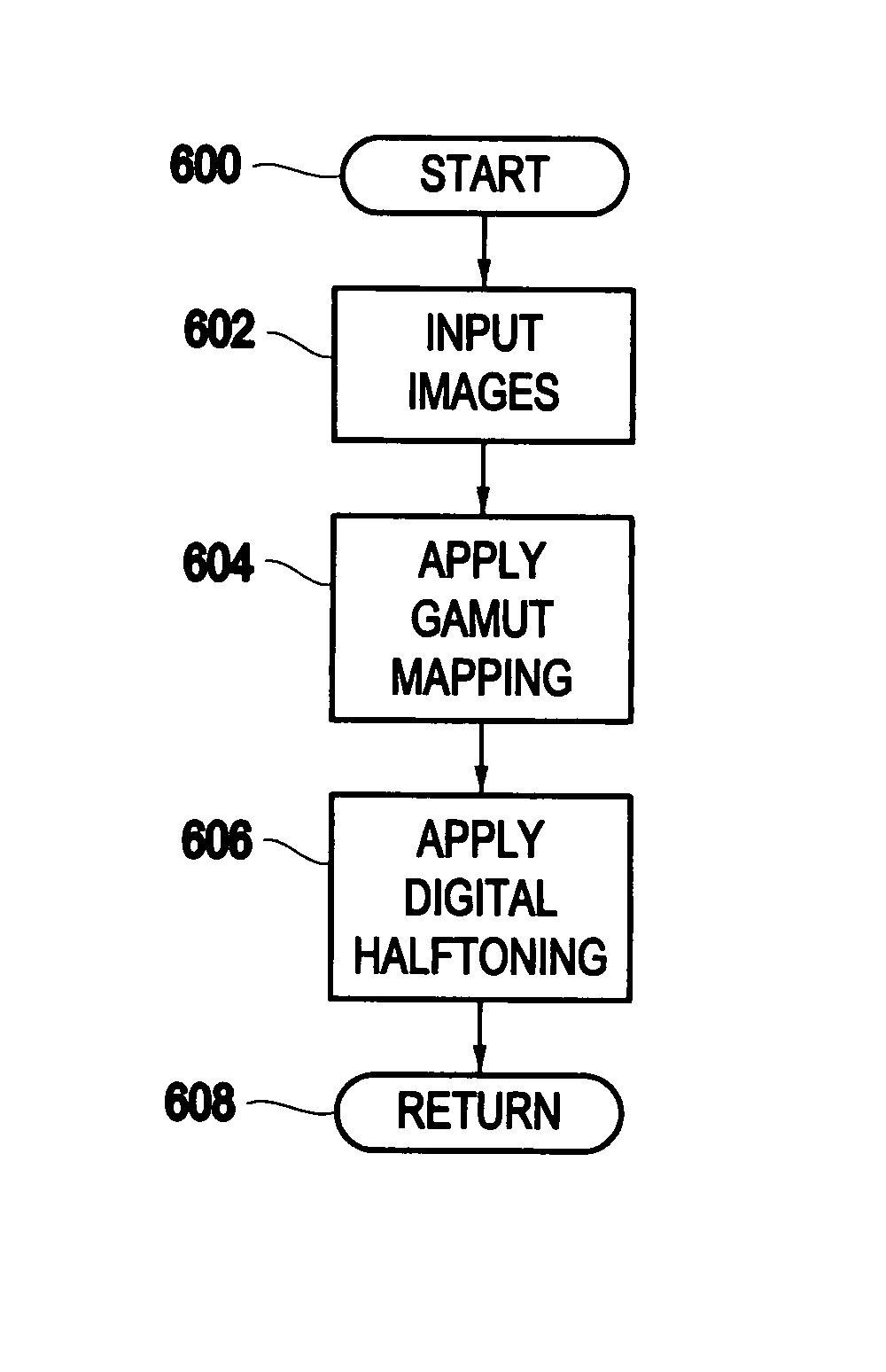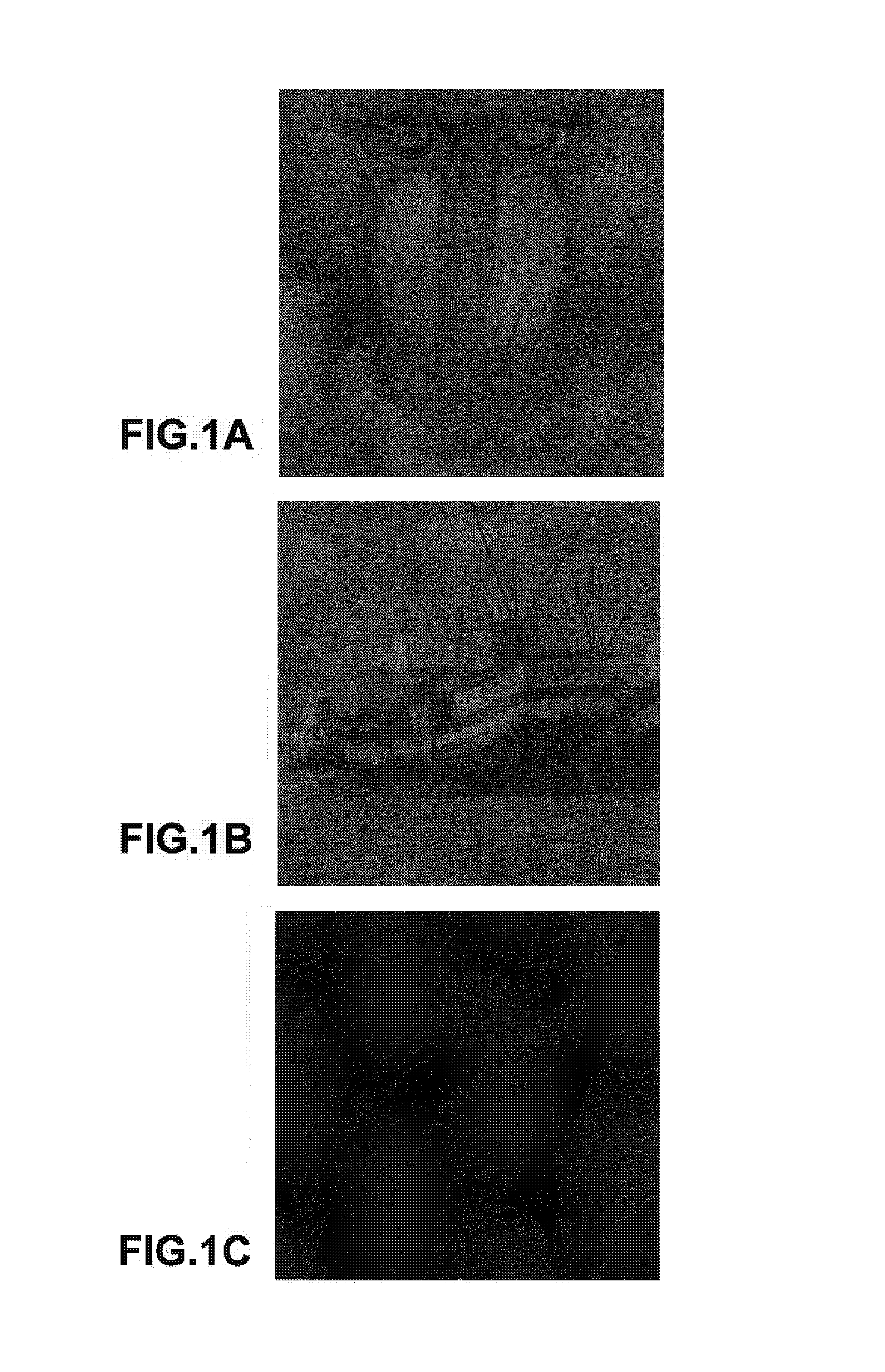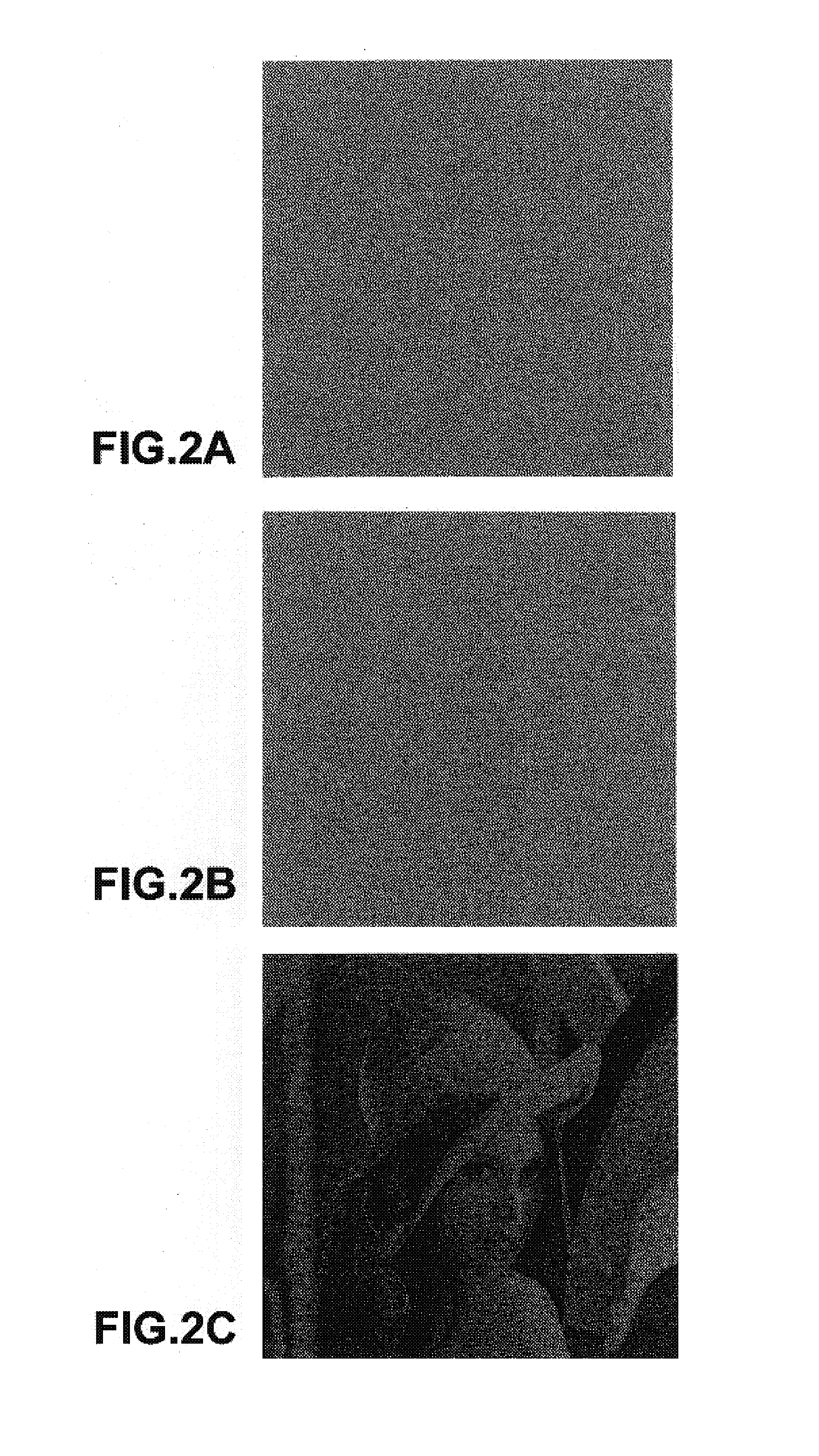Method and system for embedding an image into two other images
a technology of image and image, applied in image data processing, instruments, printing, etc., can solve the problems of limited watermark images that may be extracted using these conventional methods, limited watermark images that may only be simple graphics, and limited watermarks to simple images, etc., to achieve high-fidelity watermarks
- Summary
- Abstract
- Description
- Claims
- Application Information
AI Technical Summary
Benefits of technology
Problems solved by technology
Method used
Image
Examples
examples
[0090]FIGS. 1A, 1B, and 1C illustrate the results of an exemplary embedding process in accordance with the present invention of embedding an image entitled “Lena” shown in FIG. 1C into two other images (i.e. those shown in FIGS. 1A and 1B). The first image shown in FIG. 1A is entitled “Baboon” and the second image shown in FIG. 1B is entitled “Boat.” The gamut mapping was obtained using α1=1, α2=1, and α3=0.5. FIG. 1C is the extracted watermark image obtained by performing the OR operation on the pixels of the images of FIGS. 1A and 1B.
[0091]FIGS. 2A, 2B, and 2C illustrate the results of an embedding process in an exemplary embodiment in accordance with the present invention as shown in FIGS. 1A, 1B, and 1C, except that the “Lena” image shown in FIG. 2C is embedded into two images that are uniform gray images (FIGS. 2A and 2B). The gamut mapping here was computed using α1=α2=α3=1.
[0092]FIGS. 3A, 3B, and 3C illustrate the results of yet another exemplary embedding of the “Lena” image...
PUM
 Login to View More
Login to View More Abstract
Description
Claims
Application Information
 Login to View More
Login to View More - R&D
- Intellectual Property
- Life Sciences
- Materials
- Tech Scout
- Unparalleled Data Quality
- Higher Quality Content
- 60% Fewer Hallucinations
Browse by: Latest US Patents, China's latest patents, Technical Efficacy Thesaurus, Application Domain, Technology Topic, Popular Technical Reports.
© 2025 PatSnap. All rights reserved.Legal|Privacy policy|Modern Slavery Act Transparency Statement|Sitemap|About US| Contact US: help@patsnap.com



